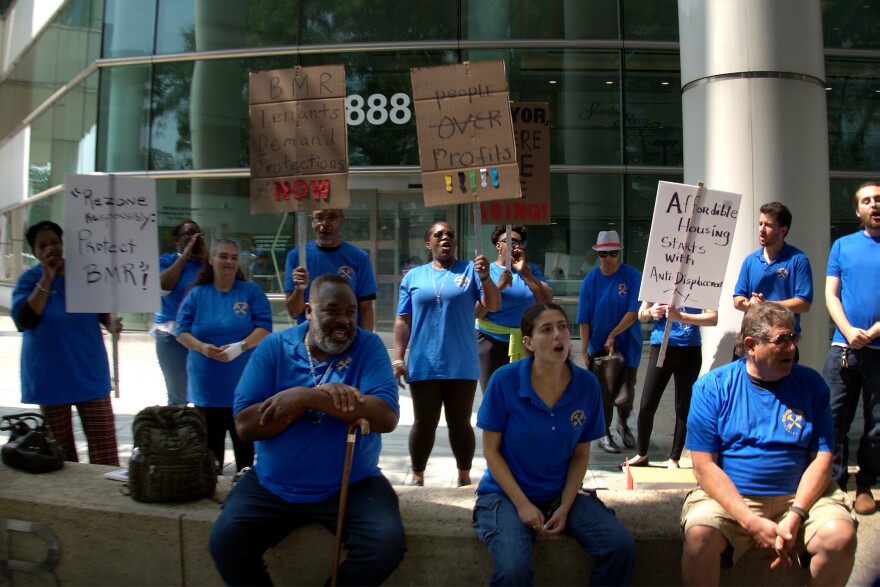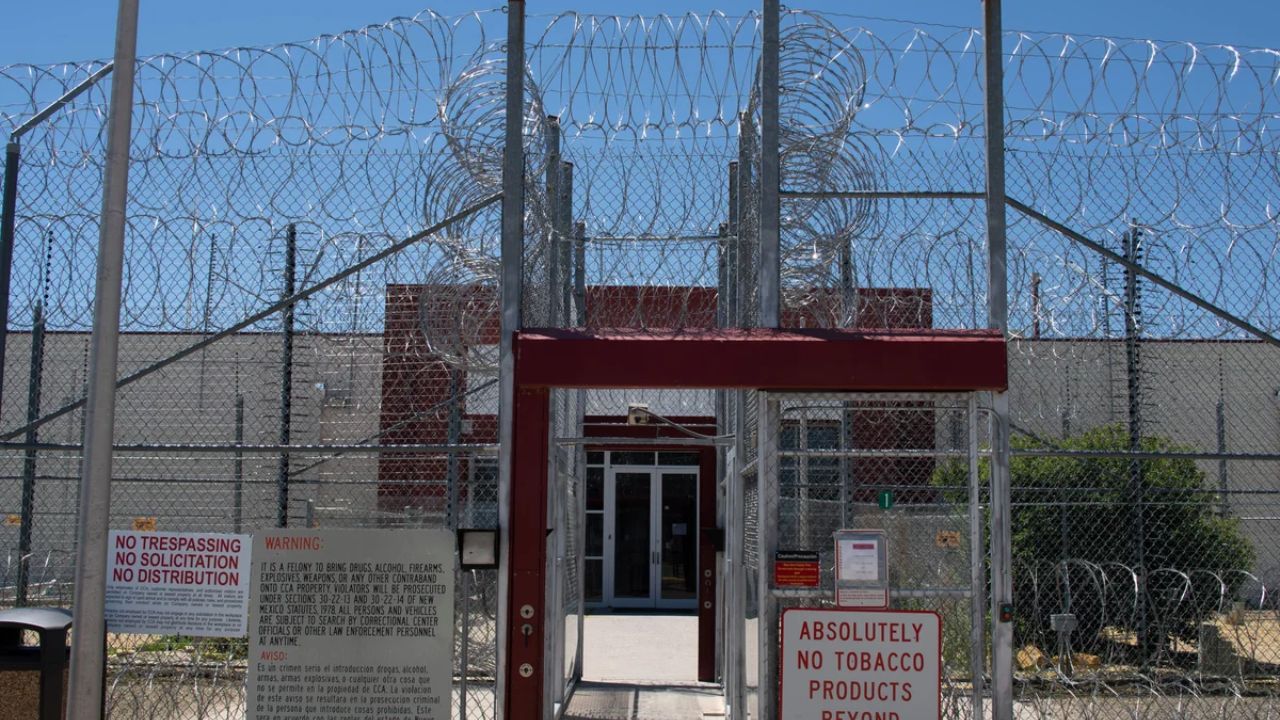Nine years ago, Brittany Lawrence, a resident of Stamford, moved into her apartment at The BLVD Apartments in downtown Stamford. After graduating from college, it was Lawrence’s first apartment.
The BLVD Apartments on Washington Boulevard are currently being sold to the University of Connecticut, thus Lawrence is deciding what to do next. The structure will be transformed into UConn Stamford dorms.
In February, a notification on Lawrence’s door and an email informed her of the building’s sale and the plans for tenant relocation.
“Those leases are renewable by recertification, and I’m in an affordable unit,” Lawrence stated. What will happen if you decide not to renew at the end of my current term? In essence, that was my query.
Lawrence belongs to Below Market Rate (BMR), a city-run affordable housing program designed for renters making 50% of the Area Median Income (AMI). There are nine reasonably priced apartments at BLVD.
According to Lawrence, city officials have not been helpful and displacement may compel renters to move into an apartment that disqualifies them from the middle-income program.
Apologies won’t keep people in their homes. Lawrence stated that saying “I’m sorry” won’t benefit the families you say you wish to assist. Overall, it’s a weak state that you know is problematic because you sell it to the susceptible demographic.
Lawrence worries that she and other BLVD apartment dwellers may now settle for any available flat.
People who have nothing and whose hopes and ambitions depend on you telling them, “This is what we can do for you, or this is what we can offer you,” are put in such a desperate situation that they are unable to consider the long-term effects, according to Lawrence.
The significance of Stamford’s BMR program
Residents are pushing for changes to the city’s Below Market Rate program in collaboration with the Connecticut Tenants Union (CTTU).
According to CTTU Vice President Luke Melonakos-Harrison, the BMR program in Stamford is linked to the reasonably priced units rather than the renters. Tenants must reapply for the BMR program once they vacate, in contrast to more conventional voucher-based programs like Section 8 or the Rental Assistance Program.
People are desperately clinging to these units. According to Melonakos-Harrison, these tenants are advocating for the understanding that participation in the BMR program has significance. They are leasing it to UConn, so all of those apartments are gone if you are displaced by something similar.
In order to safeguard renters from being disqualified owing to changes in their household, income, or changing city rules brought on by their forced relocation, union members listed five major demands of the city, one of which was to freeze the annual eligibility certification.
Tenants requested that Stamford officials prioritize constructing inexpensive units for low-income BLVD renters and maintain the BMR classification being based on the tenant rather than the apartment.
Because they participated in this program, such renters ought to be acknowledged as having a unique status, according to Melonakos-Harrison.
Melonakos-Harrison stated that renters were notified by the current co-owners, RMS Companies and the Wolff Company, that they must vacate BLVD by April 2026. A request for response from Connecticut Public was not answered by either RMS or Wolff.
According to the rough plan, BMR tenants would move into market-rate apartments, and RMS/Wolff would cover the rent difference until the company’s next project in Stamford—the conversion of a former Burlington store into around 300 apartments—was finished.
Jennifer Orlikoff, the chief administrative officer at UConn Stamford, expressed her admiration for RMS and Wolff’s efforts to ease the residents’ transition.
According to Orlikoff, they are making a special effort to cover the costs of moving, particularly for renters whose rent is below market value. In addition, they are offering them temporary lodging and, I believe, general advice to people searching for other housing options in the area.
The BLVD facility will house roughly 100 UConn students by the end of August. According to Orlikoff, the recently converted apartments were not the consequence of forced relocation but rather were a byproduct of the overall flow of available apartments.






